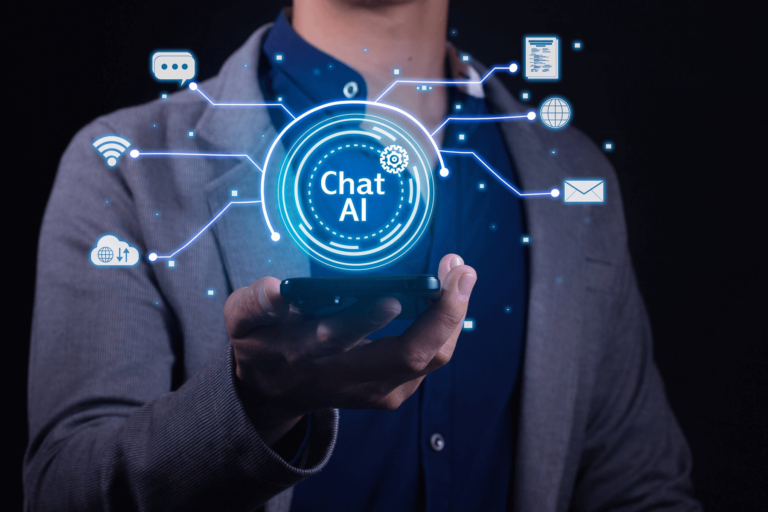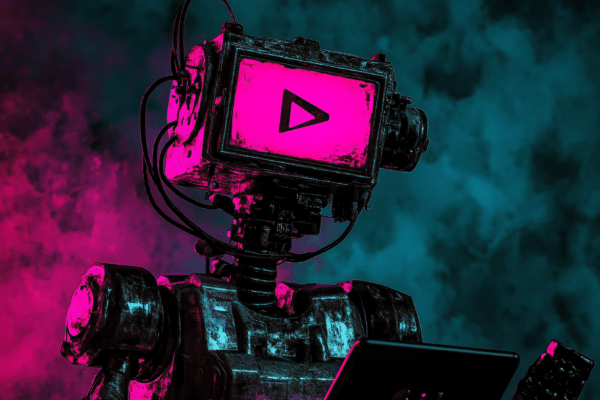The legal profession, traditionally considered a bastion of human expertise, is on the verge of change. Generative artificial intelligence (AI), with its ability to create content, will radically change the practice of law.
A recent Goldman Sachs report shows that 44% of legal tasks could be taken over by AI - a percentage higher than any other profession surveyed, with the exception of administrative and clerical work. This statistic underlines the potential for AI to reshape the legal landscape.
However, the legal world remains divided on the use of AI. An astonishing 82% of lawyers recognize the potential of generative AI for legal work. In comparison, only around half (51%) believe it should be used. This dichotomy reflects the debate about the ethical implications.
Revolution
Generative AI and various tools are causing a shift in the industry, highlighting several aspects that are impacting clients and professionals.
First, AI will level the playing field by allowing small and medium-sized firms to compete with large firms by using GPTs that allow them to aggregate large amounts of information.
This will force law firms to rethink their strategies as lawyers may shift from reading and summarizing judgments to other activities.
Stephen Wu of the Silicon Valley Law Group speculates on the possibility of firms charging "a "technology fee" so that "clients don't expect to get generative AI for free"
However, the using of AI in law is not without its pitfalls. It is always necessary for humans to continue to oversee the work that chatbots develop. Case in point: a lawyer relied too heavily on AI to prepare a presentation in court, resulting in a motion full of errors and misquotes.
Steven Schwartz of Levidow, Levidow & Oberman in New York used ChatGPT to prepare a court filing, relying on the chatbot to provide "real cases that can be found in recognized legal databases."
However, the fault lies not with the tool, but with the lawyer who failed to check the application before submitting it. As AI moves into the legal profession, it is clear that a balance needs to be struck between using the technology and maintaining its integrity.






